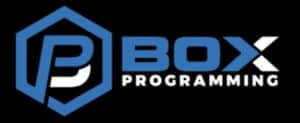More than a decade before CF became mainstream, Louie Simmons developed the “Conjugate Method“ for powerlifters. This concurrent system of fitness has some parallels with CF.
The Conjugate Method successfully helps athletes develop their work capacity, improve their limiting factors, and is useful for athletes of all abilities, not just powerlifters. As a whole, the system is constantly varied, much like CF.
For both novice and competitive CrossFitters, this system of training works wonders. Additionally, this system works incredibly well for regular folks that attend a local box and simply want to look and feel better.
The Conjugate System has helped us provide the framework for our programming that we provide to boxes all over the world which you’ll see represented in a week of programming below. This system allows us to effectively blend strength and energy systems work as well as ensure we are building our clients’ foundations properly.
Below are things that should be staples at every CF Box and can certainly be beneficial for athletes of all abilities. If there is one thing I’ve learned from Louie, it’s that a “pyramid is only as big as its base,” which means that if we are not building our clients’ foundations with measures like sledwork and special exercise work, then we’re doing our clients a disservice.
A great example in CrossFit that often comes to mind is those who perform kipping pull-ups before being able to do a strict pull-up. Would you let your clients perform a max deadlift before knowing how to hip-hinge? I doubt it.
Less High-Intensity Work and More Aerobic Work
It’s been proven that athletes with higher levels of aerobic capacity live longer. Additionally, our clients are already chronically under-recovered and over-stressed. Aerobic work helps us improve recovery thereby allowing them to engage in higher intensity training without the risk of overtraining.
I’ve seen a fair amount of burnout occur amongst athletes who go to boxes that program high-threshold work too often (for some this is a daily occurrence).
At first, people get better and think it’s great. Eventually, people lose motivation and become less willing to be put through the ringer with random programming. This is when many folks cancel their CrossFit membership and start looking elsewhere. An easy solution is performing more work that does not require your best effort or work that is NOT scored. The good news is that there are a variety of ways this work can be done as we are only limited by our imaginations.
As long as your clients’ heart-rate stays in the correct range, they’ll get what they need to be successful.
Assistance Exercises
When I first started programming for other boxes people would say things like “this isn’t CF,” as it was no mystery that performing things like biceps curls or triceps extensions were labeled “non-functional.” Although this is an easy objection to overcome, people get so fixated on dogmatic views without actually knowing what they are talking about.
Let’s face it, without the ability to address individual limitations of it would be hard for someone to get stronger without getting injured – getting stronger involves improve a muscle or muscle-groups ability to generate force so if your clients want to get kipping pull-ups they better be able to perform a strict pull-up first.
Loaded Carries
The list of benefits of performing loaded carries is endless, but even so many coaches fail to utilize them. From a conditioning standpoint, loading carries can be utilized as high-resistance aerobic training. Loaded carries are a staple in our programming because of their versatility and low-skill requisite. I’d much rather have an athlete perform a farmer carry for sets than a full snatch.
With the limited time you have with your clients, loaded carries offer a huge bang for the buck without the inherent risk of orthopedic injury. The problem is most people don’t go heavy enough. If your client is carrying 15# kettlebells and then wonders why it was “easy” you’ll know what I mean. These must be done with an appreciable load or don’t waste your time programming them.
Sledwork
Comparable to loaded carries in terms of low-skill requisite and versatility, sledwork is an amazing way to bridge the gap between training sessions. The uses range from strengthening, recovery, and conditioning. Much like loaded carries, the sled can be used as a high-resistance aerobic tool as well. For about $120 bucks you have a tool that 100% of your clients can benefit from regardless of their level of ability.
It will take about 5 sleds to satisfy a group as large as 15, but there aren’t many pieces of equipment that can offer the same benefits for such a low cost. In comparison, a Concept 2 Rowing machine costs about $900. You’ll see between 5-15 of these at most boxes and maybe 1-3 sleds.
Box Squatting
The importance of the box squat is understated and the fact that it works as a teaching tool for beginners, as well as a tool to develop reversal strength for higher-level athletes, makes it quite versatile.
For instance, many newbies to CF don’t know how to hip-hinge properly. By using a tactile cue like a box we can teach these folks how to engage their posterior-chain by sitting back to the box.
For advanced athletes, the movement breaks up the eccentric and concentric phase of the squat, forcing these athletes to develop reversal strength without the assistance of the stretch-shortening cycle. In addition, loading will be less than a standard back squat, making it a more joint-friendly option not to mention easier to recover from.
Programming Priorities
A few things to keep in mind before viewing the sample below.
- Recovery between high-threshold sessions: We need 72 hours of recovery between our high-effort lifting and conditioning sessions. This ensures we avoid overtraining. You’ll see this done between our upper and lower dominant sessions as well as high-threshold conditioning sessions.
- Strength work should not impair conditioning work: These two elements should coincide with one another in terms of movement pairing and energy requirements.
- Volume Prescriptions: I adhere very close to Prilepins chart and have found this chart to be useful for heavier barbell conditioning pieces in addition to speed-strength work and strength-speed work.
- High Volume Band Work: This work is a staple in our programming as we’ve seen profound effects with the inclusion of this work from both soft-tissue health and improving muscular deficits. High volume band work also acts as an equalizer in bringing balance to vertical pulling vs. horizontal pulling.
- A Balanced Template: Of course you’re going to have folks that show up on different days, have commitments outside of the gym, etc. With this approach, your clients will receive equals parts strength and conditioning regardless of what days they show-up. Moreover, the balance between energy systems training and strength systems are consistent so even if they decided to train 5 days straight they won’t run the risk of burnout.
Closing
You’ll likely have some work to do to educate your clients on the difference between working harder and working smarter. You may even lose a few people that want to grind every day. Don’t worry about them; that approach is flawed and will not get them to where they want to go in the long-run.
And more importantly, if you want to keep your clients progressing and healthy, have a plan that allows for built-in recovery, utilization of methods that actually work, and simplicity of movement patterns.
A snatch is NOT going to help your clients look better or live longer. It’s really that simple.



